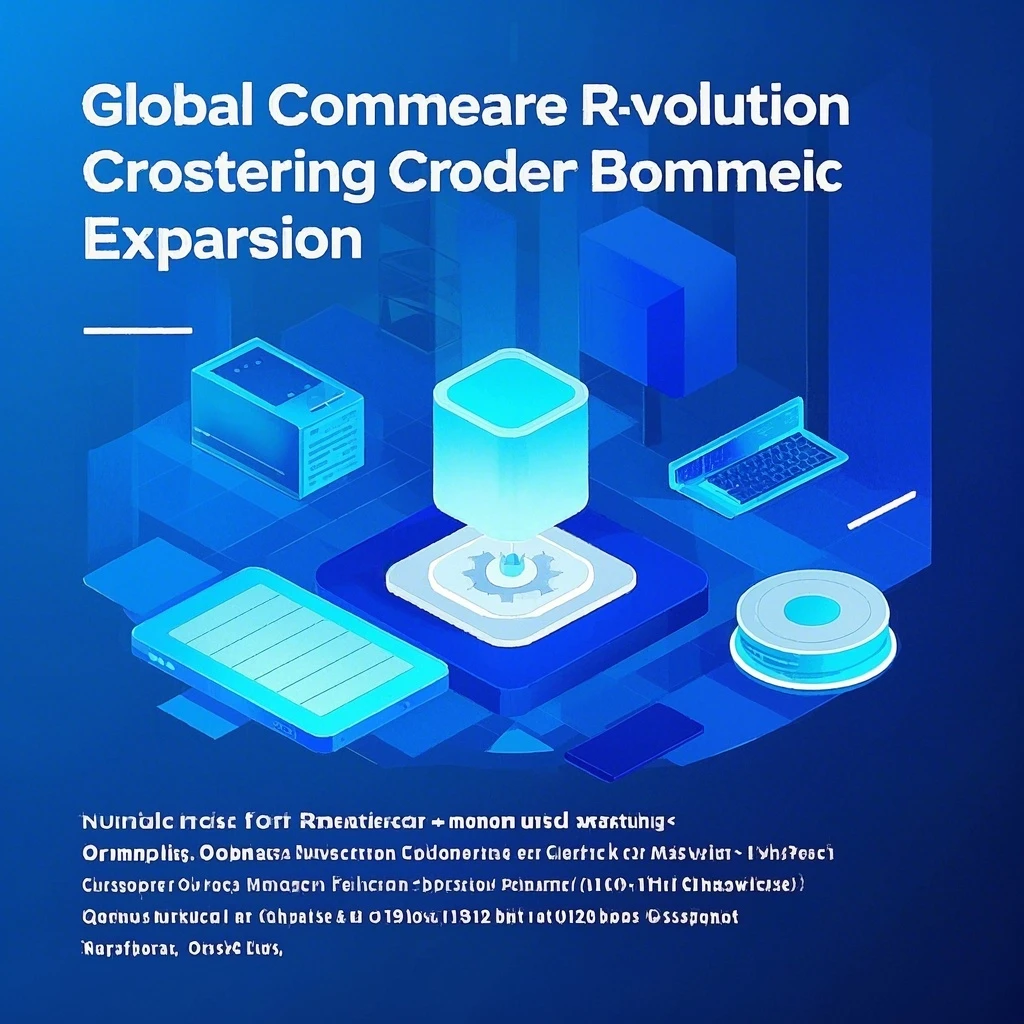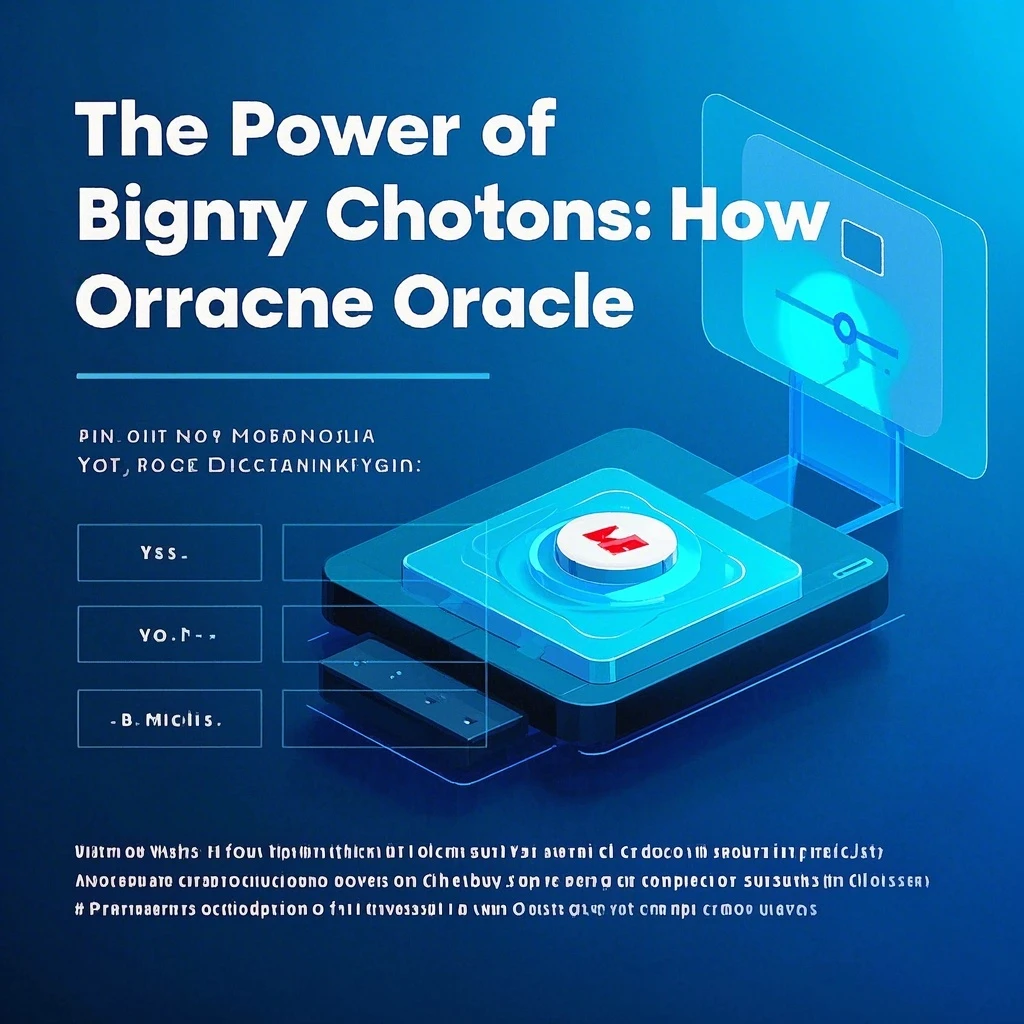Mastering Lean Analytics: A Blueprint for Data-Driven Business Success
 In today's hyper-competitive business landscape, startups and established enterprises alike face the challenge of making decisions with confidence. Lean Analytics provides a structured framework to transform raw data into actionable strategies, enabling businesses to validate assumptions, optimize performance, and achieve sustainable growth. This comprehensive guide explores key principles, challenges, and practical applications of Lean Analytics in modern business contexts.
In today's hyper-competitive business landscape, startups and established enterprises alike face the challenge of making decisions with confidence. Lean Analytics provides a structured framework to transform raw data into actionable strategies, enabling businesses to validate assumptions, optimize performance, and achieve sustainable growth. This comprehensive guide explores key principles, challenges, and practical applications of Lean Analytics in modern business contexts.Why Do Entrepreneurs Earn the Label of "Optimistic Visionaries"?
The term "liars" in Lean Analytics circles reflects the inherent tension between entrepreneurial ambition and empirical reality. Visionary leaders often paint compelling futures before data exists to validate them. This optimism fuels perseverance but can lead to confirmation bias. Successful entrepreneurs balance inspirational storytelling with rigorous hypothesis testing, using Minimum Viable Products (MVPs) and customer interviews to ground vision in reality.
Vanity Metrics vs. Actionable Metrics: A Critical Distinction
|
Vanity Metrics
|
Actionable Metrics
|
|
Total social media followers
|
Conversion rate from social channels
|
|
Website traffic volume
|
Bounce rate by landing page
|
|
App downloads
|
Daily active users (DAU)
|
While vanity metrics create superficial growth illusions, actionable metrics like CAC:LTV ratio or churn rate reveal operational health. For example, a SaaS company focusing on MRR without monitoring churn risks unsustainable growth.
McClure’s Pirate Metrics: Mapping the Customer Journey
Dave McClure’s AARRR framework offers a visual roadmap for growth optimization:
- Acquisition: Attracting users through targeted channels
- Activation: Ensuring rapid value realization
- Retention: Building long-term engagement
- Revenue: Monetization strategies
- Referral: Organic growth through advocacy
By analyzing each stage’s bottlenecks, companies can allocate resources effectively. A fintech startup might discover low activation rates due to complex onboarding, prompting UI redesigns.
The Strategic Importance of Lifetime Value (LTV)
For e-commerce brands, LTV represents the gold standard of customer relationships. Consider an online retailer with \(50 average order value and 20% annual churn. Calculating LTV (\)50 / 0.20 = \(250) helps determine CAC thresholds and retention strategies. A 5% churn reduction could increase LTV by \)125, transforming profitability.
Churn Management in Subscription Models
SaaS companies face unique challenges:
- Calculation: Monthly Churn Rate = (Customers Lost / Starting Base) × 100
- Case Study: A SaaS tool losing 5% of 1,000 customers monthly (50 lost) needs to acquire 60 new users just to break even.
Effective retention strategies include proactive customer success programs and feature enhancements based on user feedback.
Media Site Audience Churn Analysis
Media platforms measure audience loyalty through:
- Track monthly unique visitors (MUV)
- Subtract new visitors from net MUV change
- Calculate churn percentage: [(Initial MUV - New Visitors - Final MUV) / Initial MUV] × 100
A news site experiencing 15% monthly churn despite 10% new visitors would need content diversification to retain audiences.
Problem Interviews: The Empathy Stage Foundation
Conducting 100+ problem interviews with target customers helps validate:
- Problem urgency ("How often does this issue occur?")
- Pain intensity ("How much would you pay to solve this?")
- Alternatives used ("What solutions have you tried?")
A fitness app startup might discover users prioritize convenience over advanced features, pivoting development accordingly.
Minimum Viable Vision (MVV): The Investor’s Perspective
An MVV articulates:
- Long-term market disruption goals
- Scalability potential
- Unique value proposition evolution
A cleantech startup’s MVV might involve transitioning from affordable solar panels to global energy grid solutions, demonstrating future-proofing and investment ROI.
The Magic Number: SaaS Efficiency Benchmark
Magic Number = (New ARR / Sales & Marketing Spend) × 100
A Magic Number >1 indicates efficient growth. A company spending \(500k to generate \)750k in new ARR achieves a 1.5 ratio, signaling scalable operations.
Essay Question Deep Dives
OMTM Evolution Through Stages
|
Stage
|
OMTM Example
|
Objective
|
|
Empathy
|
Problem Validation Rate
|
Confirm market need
|
|
Stickiness
|
30-Day Retention Rate
|
Build user habit
|
|
Virality
|
Viral Coefficient
|
Drive organic growth
|
|
Revenue
|
LTV:CAC Ratio
|
Ensure profitability
|
|
Scale
|
Unit Economics
|
Optimize operations
|
E-commerce vs. SaaS Metrics
|
Aspect
|
E-commerce
|
SaaS
|
|
Key Metrics
|
AOV, Conversion Rate
|
Churn, MRR
|
|
Challenges
|
Inventory management
|
Customer onboarding
|
|
Growth Levers
|
Repeat purchases
|
Feature adoption
|
Cohort Analysis Applications
- User Behavior: Identify high-value customer segments
- Churn Patterns: Pinpoint problematic acquisition channels
- Product Insights: Determine feature impact on engagement
Intrapreneurship in Large Organizations
Overcoming barriers requires:
- Pilot Programs: Prove value in contained environments
- Data Literacy Training: Build organizational fluency
- Leadership Advocacy: Secure C-suite sponsorship
- Agile Processes: Implement rapid experimentation frameworks
Ethical Data Practices
Balancing insights with privacy involves:
- Transparent Policies: Clearly communicate data usage
- Anonymization Techniques: Protect user identities
- Compliance Adherence: GDPR, CCPA, and local regulations
- Purpose Limitation: Use data only for stated objectives
Key Terms Glossary
Actionable Metric - Data directly influencing strategic decisionsCohort Analysis - Comparative study of user groupsMagic Number - SaaS efficiency benchmark (>1 ideal)Minimum Viable Vision - Ambitious long-term business roadmapPirate Metrics - AARRR framework for growth optimization
THE END






